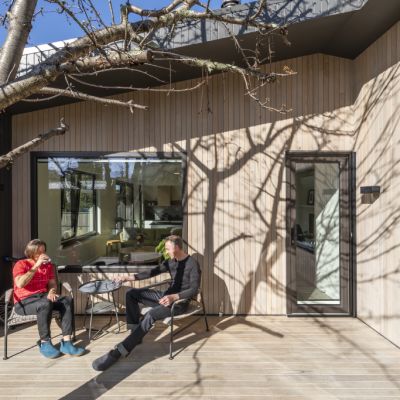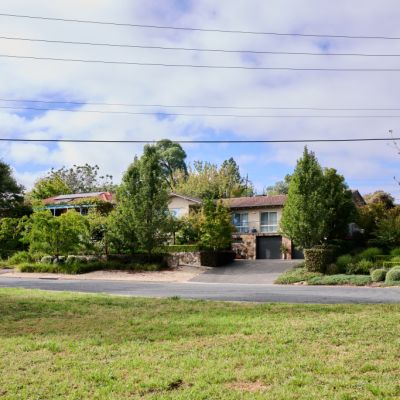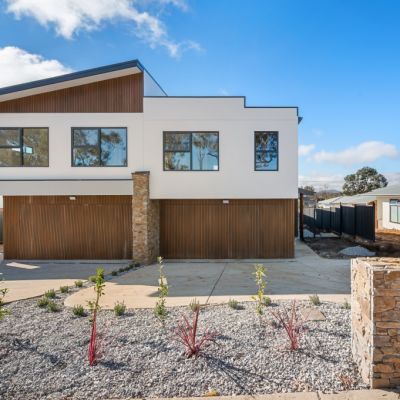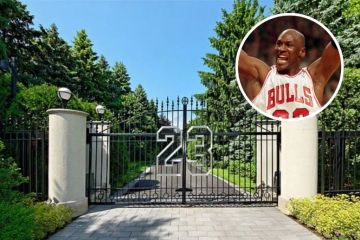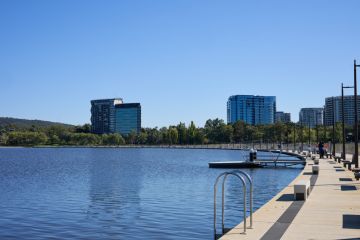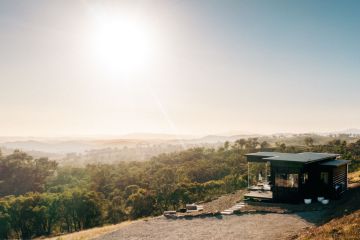More than a buzzword: Why sustainable homes are winning the resale race in Canberra
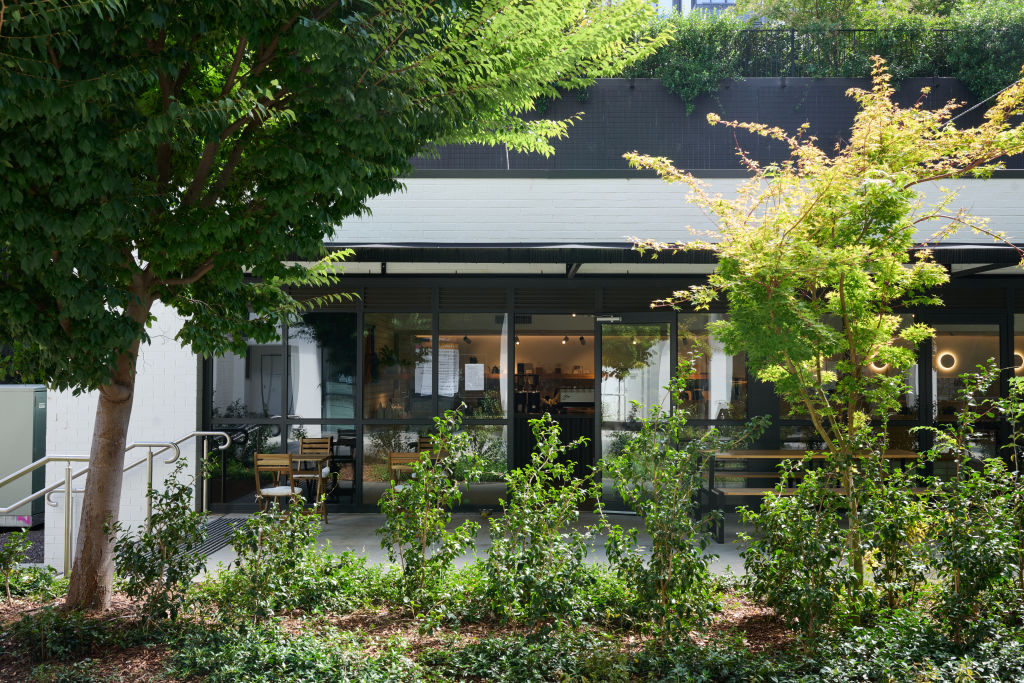
Buyer demand for energy-efficient homes is surging, and sustainable features are helping to boost a property’s resale value, new data reveals.
Domain’s Sustainability in Property Report 2025 shows that Canberra is outperforming most capital cities when it comes to energy-efficient housing.
In particular, energy-efficient (EE) units command a price premium of 17.6 per cent, or a median of $84,000 more than their non-energy-efficient counterparts, placing the ACT well above the national average of 12 per cent.
Houses command a 10.8 per cent premium, equivalent to a $94,000 median price difference.
Canberra has the largest proportion of energy-efficient houses, at 72.1 per cent, largely due to regulatory measures in the ACT aimed at promoting energy efficiency.
While unit markets around the country generally lag behind houses when it comes to energy-efficient features, Canberra again stands out. Nearly 70 per cent of units advertise EE features – more than double the national average.
Domain chief of economics and research Dr Nicola Powell credits the ACT’s mandatory minimum energy efficiency standards, including higher-spec windows, for accelerating adoption and buyer demand.
“In cooler climates like Canberra, listings are far more likely to mention features such as double glazing and north-facing orientation,” she says.
“These design elements are increasingly attractive to buyers due to the cost-of-living relief and year-round comfort they provide.”
| Location | Dollar difference | Percentage difference |
| Sydney | $180,500 | 12.3% |
| Melbourne | $197,000 | 23.8% |
| Brisbane | $120,000 | 14.1% |
| Adelaide | $97,500 | 12.1% |
| Perth | $118,000 | 16.1% |
| Canberra | $94,000 | 10.8% |
| Hobart | $78,000 | 10.8% |
| Darwin | $53,000 | 7.8% |
| Combined capitals | $100,000 | 11.0% |
| Combined regionals | $135,000 | 21.3% |
| Australia | $118,000 | 14.5% |
The Domain report found the supply of homes with energy-efficient features continues to expand across Australia.
In 2025, 52.2 per cent of houses and 39.1 per cent of units sold included EE-related keywords in their property listings, reflecting a steady national increase over the past five years.
In 2020, those figures stood at 43.7 per cent and 34.5 per cent, respectively, underscoring a growing awareness and adoption of energy-efficient design in both new and existing housing stock.
Nationally, buyers were willing to pay an extra $118,000 on average for a house advertised with energy-efficient features – a 14.5 per cent premium. For units, the premium was $75,000, or 12 per cent.
Energy-efficient homes for sale in Canberra
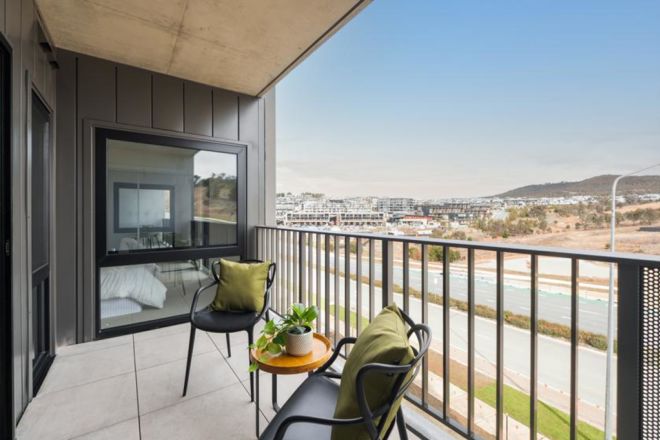
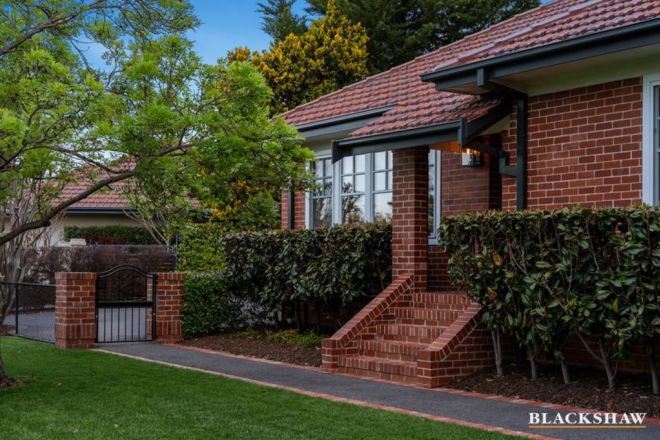
We recommend
We thought you might like
States
Capital Cities
Capital Cities - Rentals
Popular Areas
Allhomes
More
- © 2025, CoStar Group Inc.
